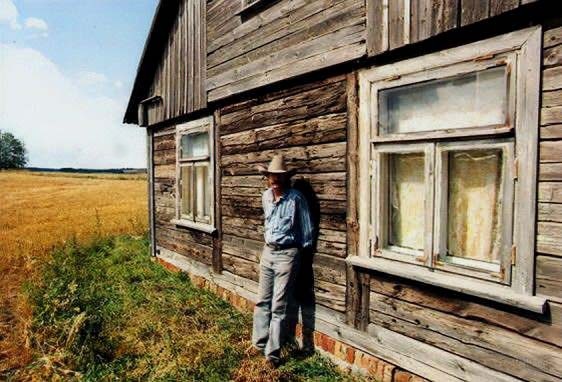
Dimstis Paškevičių - Latitude 54.5126653896, Longitude 22.8093788267

Dimstis Paškevičių - Latitude 54.5126653896,
Longitude 22.8093788267
Sūdaunīks - Ėglupiai, Sūduva
ᛗᛖᛊ ᛈᚨᛚᛁᚲᛊᛁᛗ
DNA doesn't
Lie. People Lie.
( # 230573 / APKEC = R1a1a > Z284 > L448 > CTS4179 > YP704
> BY164240
)
* FTDNA
Big-700 results / Yfull
id:
YF86015
The
Yatvings never really " vanished ".
The Egline hillfort, about 20 miles SE from
the above photo,
did not have any evidence of a destruction or burn layer. None.
Pajevonys is first mention in the year 1525 - as a Yotvingian settlement
- well over a century after the Battle of Grunwald
Later, in 1589, a wooden church was built in Pajevonys.
| Pajevonyje bažnyčią pastatė Teodoras Skuminas, o jai fundaciją 1589 m. rugsėjo 27 d. suteikė Stepono Batoro žmona Ona Jogailaitė, patvirtino Zigmantas Vaza 1600 m. kovo 12 d 28 |
Click
here
for Old Woodcut Illustration
of a Sūdovian "Vorskaitas"
( Elder "Seer" ).
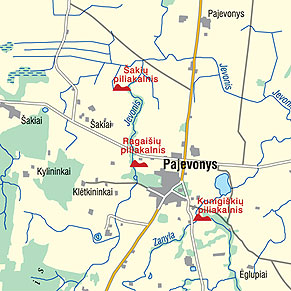
Pajevonys was a major
Sūdovian
Cultural Seat & Spiritual Center.
One adjacent hillfort of Pajevonys dates from the 1st-2nd century
( up to the 13th century ), which probably qualifies the honor of
Pajevonys
as being the oldest continuously populated settlement
or town in all the Republic of Lithuania.
The
Kunigiškiai
complex may well have been known as
Kresmena
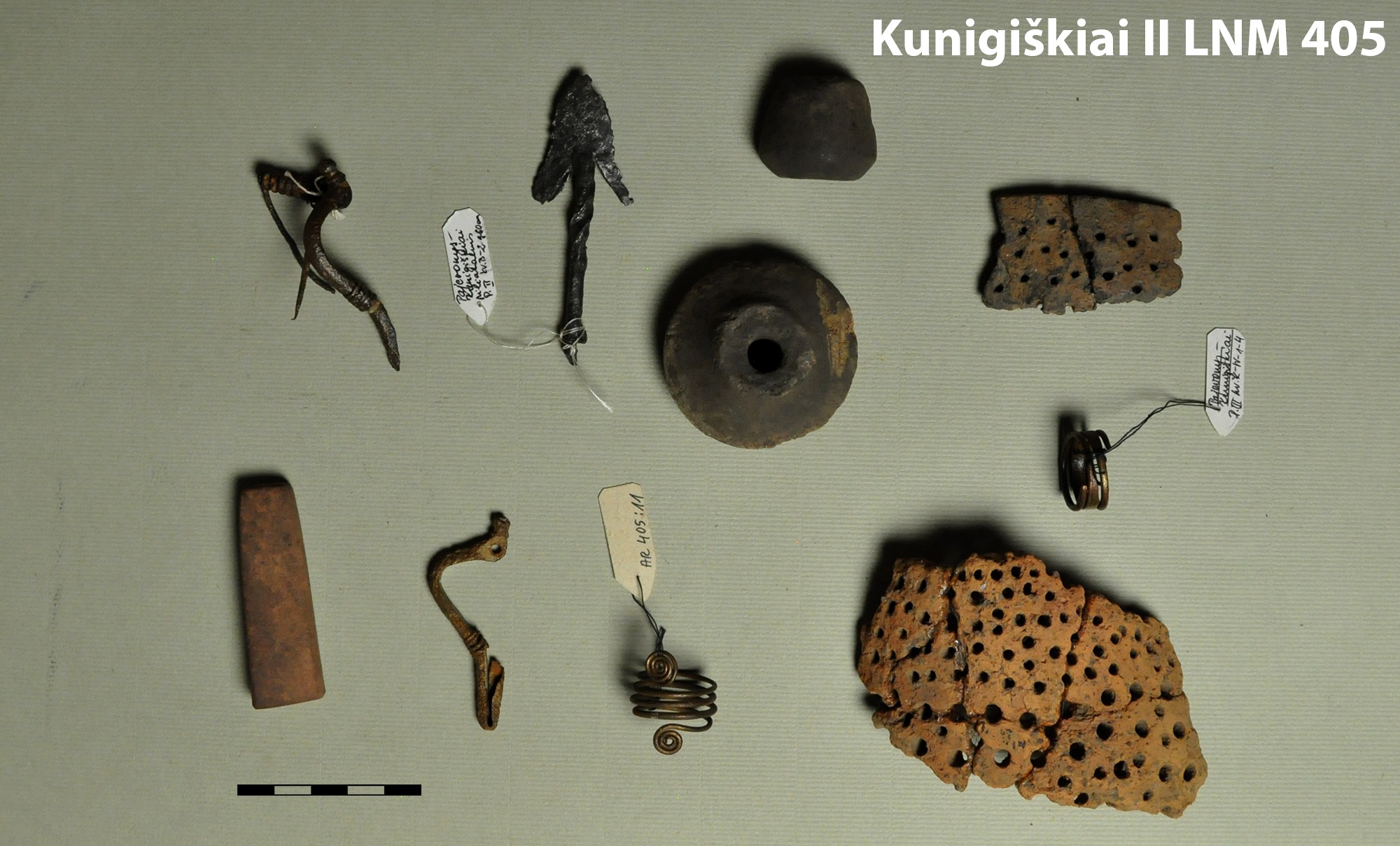
Radiniai iš Kunigiškių piliakalnio - Lietuvos Nacionalinis
Muziejus, inv. Nr. AR 405
The age of the AR 405 artifacts, specifically the twin spiral
ring, the bent foot brooch,
and roman coins indicate trade in the ( Phase C1aC2
) 3rd century.
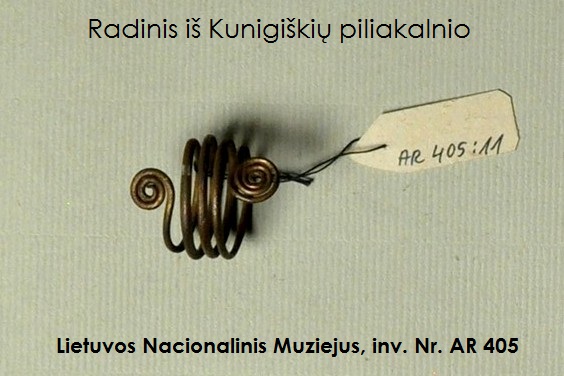
LNM AR 405:11 artifact. The 3rd century (
C1aC2 ) twin spiral
ring inland location
is unique, as most rings with similar designs are found only the Baltic sea
coast.
Spurs observed within the area occupied by the Sudovian
culture
developed in phases B2/C1C1 of the Roman Iron Age
Roman coins
(
Tiberius*
/
Caligula* /
Claudius
I*
)
from Pajevonys
*
predate 2nd Century Ptolemy's mention of Σουδινοί.
*
Documented by Dr. J. Basanavičius in "Apie Senovės Lietuvos Pilis",
1891, p.42
"Pilis turėjo būti labai seniai įtaisyta,
nes čia 1855 m. atrasto tapo romėnų keli pinigai,
būtent ciesorių Tiberijaus ir Kaligulos".
- J. Basanavičius
** For 2001 documentation on the
Pajevonys
Claudius I denarius by Mykolas Michelbertas,
click
here.
- excerpt from "Corpus der römischen Funde im
europäischen Barbaricum: Litauen" (Habelt, 2001)
*
On page 726 in "Romėniškasis
ir tautų kraustymosi laikotarpiai" by Audronė Bliujienė
( Lietuvos Archeologija, Vol. III, Klaipėda, 2013 ) the author writes that at
Kunigiškiai,
Pajevonys
there was a Roman silver denarius coin issued by Emperor Claudius ( AD 41-54 ),
& cites Mykolas Michelbertas 2001.
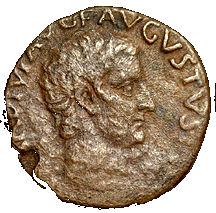
Dr. J. Basanavičius' source was probably -
Wędrówki
po guberni augustowskiej w celu naukowym odbyte
by Aleksander Połujański, who
wrote
|
O milę od Bartnik ku zachodowi leży Królowe-krzesło, za którém o małą milkę widzimy Pojewoń wieś kościelną. Nazwisko téj wsi jedni wyprowadzają od wyrazu litewskiego jewa czeremcha, pod którą w dawnych czasach lud tu zgromadzony stawał; inni znajdują w nazwisku tém przekręcone wyrazy powojnie, tojest miejsce, na którém odbyła się wojna. Tu bowiem nad rzeczką Ponią, od któréj także niektórzy etymologowie wywodzą miano téj wsi, jest starożytny kopiec litewski, różniący się nieco kształtem od wielu innych, kamieniami naokoło opasany, na którym był kiedyś zamek zbudowany i miały tu zajść wielkie bitwy z nieprzyjaciołmi kraju. Kiedy to wszystko działo się? niewiadomo; dosyć, że bardzo dawno, bo tu w okolicach tego zamczyska znaleziono monety rzymskie Tyberjusza i Kaliguli, które popierają podanie o dawności krwawych tu rozpraw. Kościół tutejszy, za przywilejem króla Stefana Batorego, zbudowany został z drzewa około roku 1586 przez Teodora Skumina, potomka Jadźwingów, wielkiego wodza litewskiego, wojewodę nowogrodzkiego, ... W miejsce drewnianego podstarzałego kościoła,
kosztem skarbu i parafjan zbudowano w latach 1841 i 1842 kościół murowany,
z kształtu podobny do bartnickiego, który poświęcony został d. 30 lipca
1843 r. przez ks. Straszyńskiego, ostatniego biskupa dyecezji
augustowskiéj. |
|
The Sūdovians adopted a Wielbark Gothic like weaponless burial observance. The Tiberius coin from Pajevonys, LT would suggest the interaction lasted for centuries. Inter-marriage probably was not uncommon. Ancient Wielbark culture Mtdna H5a1 would seems to support such mixing with Balts. The higher than expected frequency of the LWb+ antigen - LW*07 allelle ( aka Nea red cell antigen ) in Hungary ( 0.4% ) may well be related to the Goths, since southern Sweden had a similar ( 0.3% ) frequency, and Gotland has even more ( 1.0% ). The 3rd-5th century "conversion" of "East Germanic" Gothic & Vandalic to "North Germanic" left scattered traces of it's earlier use, just as West Baltic dialects left relics spoken after East Baltic dialects quickly replaced them. A comparison of Gothic "saiso" with Old Norse "seri" provides evidence for reduplication hidden by rhotacism. Finnish and Estonian still use "ja" reflecting a Gothic "jah". Continental Gothic was essentially a socially disconnected outlier from the W. to E. sweeping changes ( with umlauts & rhotacism ) that took place back in Scandinavia, which fortunately survived intact as Wulfila's written Gothic of the Codex Argenteus. The dialect characteristics of Wulfila's Biblical Gothic, like the Samlandian of the Prussian Catechisms, invites a heuristic approach. Tunnel vision adherence to the attested dialect forms is an unnecessarily flawed foundation to build anything on. So Goths came from Götaland, like Sūdovians came from Sūduva. Who knew? Ptolemy.
Nobody "Vanished".
"What happens in Vegas, stays in Vegas" |
________________________________________
It
is very popular now in Lithuania to refer
to Pre-Christian Sūdovians as "Jotvingians".
The primary distinction now is religious
and does not consider ethnicity, nor genetics.
By
the 18th Century, most Sūdovians / Jotvingians
were either bi- or tri-lingual,
and thus not identified when speaking
Lithuanian, Polish, or Belarussian.
They converted, went to church,
and inter-married with others.
This is how the Jotvingians "vanished" as well.*
There may still have been old speakers
as late as the 19th Century in the
remote
Białowieża
Forest area.
A 1860 census by clergy in Belarus revealed
30,929 church members at that time
identified themselves as "Yatviags".
Genetics has now revealed they did survive.
"What
happens in Vegas, stays in Vegas"
Victory, or Valhalla !
| The Yotvingian
people reside in the North, bordering with Mazovia, Rus and Lithuania; has
a language greatly similar to the language of Prussians and Litvins, and
understandable to them. The tribes are wild and warlike, so hungry for
glory and renown that a dozen of them fought with a hundred enemies
encouraged only by the hope and knowledge that, after their death, their
compatriots would honor them with songs of their heroic deeds. This
character led to the demise of the Yotvingians, as small groups were
defeated by more numerous units and virtually all were killed because of
their inability to flee from such unequal battles. -Polish Chronicler Jan Dlugosz (1415-1480) |
*
Játvįgs
Jotvingians "vanished" in the same way
as the Anasazi "vanished" in the American Southwest.
Academics should contact Zuni or Laguna,
or
FamilyTreeDNA, for details.

Paškevičiai iš Ėglupių - Yfull id:
YF86015

For more info about Sūduva, click below
| "Iš 1857-1860 m. įvairių konfesijų dvasininkų Rusijos Centriniam statistikos komitetui pateiktų duomenų apie tautinę parapijiečių sudėtį matyti, kad Gardino gubernijos Kobrino, Bresto, Valkavisko ir kt. apskrityse tada dar gyveno ~31 tūkst. jotvingių; tiesa, visi ar beveik visi tie jotvingiai jau buvo dvikalbiai arba gudakalbiai, tačiau savuosius papročius daugelis jų išsaugojo iki pat XIX ir XX a. sąvartos (tuomet mirusių jotvingių ar jotvingių kilmės gudų kapai vis dar apdėti akmenimis, mirusiojo galvūgalyje įdėta puodų šukių, o kartais ir kirvis)." |
Other names for Pajevonys were: Hassfortowo, Kunigiszki
use your Back Button to return, or close window.